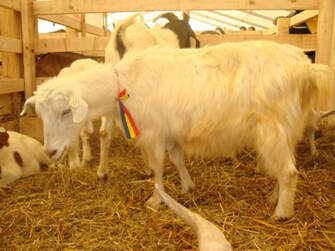 Special thanks to Dr. Stela Zamfirescu, Country Representative for Romania, for sending in this report. 1) Introduction In Romania, goat breeding represents an essential branch of zootechnics and has an old tradition and considerable economic importance. Goat breeding is also an activity with a long tradition of providing milk, meat, and processed products to the population. A third of the country's employed population works in agriculture, which situates Romania well above the 5.9% average of the EU countries. All these elements place Romania among the nations with high agricultural potential (above 30%). In 2019, Romania was third in terms of small ruminants. Currently, the goat sector counts over 2,045,000 heads, of which 1,320,000 are breeding goats, and 200,000 are mated juveniles, which led to an increase of the total number by 5.4% compared to 2018. Goat breeding belongs entirely to the private sector. The animals are reared in rural areas because there are favorable conditions for their breeding. They are also raised because of the higher demand from consumers. Of the total number, 83% of goat farms have up to 10 goats, and they also represent most of the total number, of over 37%. The strong points of goat breeding in Romania are determined by:
0 Comments
Written by Gabriel Vicovan. Special thanks to Radu Răducu, Enciu Ana, and Vicovan Adriana for their assistance. Historic The High Prolificacy Breed Palas was formed over nine stages, during almost three decades by intricate crosses between the Romanov, Friesian, Finnish Landrace, Border Leicester, Ile de France and Palas Merino breeds. The desired type was obtained in 1989, and its genome consists of 39% genes from Romanov, 28% genes from Merinos, 16% genes from Friesian, 9% genes from Border Leicester, 6% genes from Ile de France, and 2% genes from Landrace Finnish. This population of sheep was reproductively isolated (CIR + 1,0) since 1989, and is bred at ICDCOC Palas Constanța. Breeding area In Dobrogea, at Research Development Institute for Sheep and Goats Breeding Palas – Constanța, there are 1,000 heads of sheep and 2,000 in another farm in the area. External (morphological) characteristics The body format of the breed is mesomorphic to dolichomorphic, with a fine, strong skeleton and correct aplomb. The head is broad, medium in size, and has a straight profile in ewes and slightly convex in rams. The ears are medium in size, worn laterally, and both sexes are hornless. The neck is suitably long, worn horizontally, and is well attached to the trunk; the trunk is long, with medium width and depth dimensions. The color of the wool is white, the coat has no colored fibers, and the hair on the face and limbs are white; the wool is semi-fine, some specimens having fine wool. The udder has a globular shape, of medium to large size, the nipples being suitably long, worn vertically or slightly laterally. Production characters
Reproductive characters Prolificacy primiparous, 136-140 % Multiparous, 150-160 % Using of the breed The new breed contributes to achieving a priority objective in the current economic context, namely, increasing meat production by producing three-stage meat hybrid lambs. The breed produces rams which, by mating with Merino-type sheep, determine the production of prolific F1 “halfbreed” hybrid ewes (in the first stage) and which, by mating with rams, from meat breeds, produce hybrids meat lambs (second stage). Written by Gabriel Vicovan Special thanks to Radu Răducu, Enciu Ana, and Vicovan Adriana for their assistance. Historic The breed was formed at the Research and Development Institute for Sheep and Goats Breeding Palas – Constanța between 1975 and 1987. They were developed by crossing East Friesian (imported from Germany) and Awassi (imported from Israel) breeds with the Merino de Palas breed, followed by isolation reproductive and selection to increase milk production. The breed was homologated in 2010. Currently, the Milk Breed Palas has in the genome 65% genes from two of the best milk breeds in the world – East Friesian and Awassi, with 27% of genes from Palas Merino breed raised in Dobrogea, and 8% genes from other breeds of minor importance. Breeding area In Dobrogea, at the Research and Development Institute for Sheep and Goats Breeding Palas – Constanța, there are 1,000 sheep, with 200 rams produced annually, to improve milk production in ewes farms located in the Dobrogea area. Conservation program The only genetic fund of the breed is found at the Research and Development Institute for Sheep and Goats Breeding Palas – Constanța. The population is structured in 12 ram families in the breeding season, proceeding the rotational mating between families. External (morphological) characteristics
The conformation is specific to dairy sheep. A long head with a convex profile is more pronounced in males. They are hornless, the ears are large, covered with short, thick white hairs, and are carried laterally with a tail well attached to the trunk. The chest is long and deep with a small sternum prominent, while the trunk is elongated, has a trapezoidal shape, and the spine is rectilinear. The croup is relatively broad, long, and straight; the tail is thin and long, covered with white, thick short hairs. The udder is well attached, has a globular shape, is sparsely haired, with long nipples, suitably thick, directed sideways and downwards. The body dimensions
Production characteristics
Reproductive characters Fecundity 92-97%; Prolificacy 117-128% Written by Gabriel Vicovan
Special thanks to Radu Răducu, Enciu Ana, and Vicovan Adriana for their assistance. Historic The meat breed – Palas was created at the Research and Development Institute for Sheep and Goat Breeding Palas – Constanța, from 1973 to 1989, by crossing the breeds Ile de France and Palas Merino, followed by reproductive isolation and selection in the direction of meat production. Crossings with the Ile de France breed aimed to improve growth rate, increase feed conversion capacity, improve conformation, increase yield, and carcass quality indices. The breed has in the genome 93% genes from the Ile de France and Palas Merino breeds and less than 7% genes from other breeds. It was homologated as a breed in 2012. Breeding area In Dobrogea, at the Research and Development Institute for Sheep and Goat Breeding Palas – Constanța and other farms in Constanța County. The number of ewes is about 3,000 heads. Breeding program Palas are bred at the Research and Development Institute for Sheep and Goat Breeding Palas – Constanța, which deliver rams with high breeding value to improve the production of meat in sheep. Conservation program The only genetic fund of the breed, from the Research and Development Institute for Sheep and Goat Breeding Palas – Constanța, is structured in 12 ram families during the breeding season, proceeding the rotational mating between families. External (morphological) characteristics It is a precocious breed, brevimorphic to mesomorphic with aptitudes for meat production. The ears are large, worn horizontally, or slightly raised. The trunk is long and broad. The chest is wide and lowered; the back and loins are long and wide, well dressed in muscles; the rump is horizontal, wide, and long. The tail is caught up; the gigots are convex, descended, well dressed with muscle, and the abdomen is rounded. The limbs are short, distant, with correct aplomb, and the hocks are vertical. The wool coat is white and covers the body well, with the wool extending on the head to the level of the orbits and the limbs to the knees and hips. The body dimensions Adult animals are: height at the withers (cm) 69-71 in rams and 67-69 in ewes; croup height (cm) 69-71 in rams and 67-69 in ewes ; trunk length (cm) 73-75 in rams and 68-70 in ewes; croup length (cm) 26-28 in rams and 25-27 in ewes ; shoulder width 27-28 cm for rams and 24-26 cm for ewes; width for coxo-femoral joints (cm) 29-31 for rams and 26-28 for ewes; chest depth 33-35 cm for rams and 30-32 in ewes, chest width (cm) 31-33 in rams and 29-31 in ewes, chest circumference (cm) 97-99 in rams and 91-93 in ewes, whistle perimeter (cm) 9-10 in rams and 8-9 in ewes. Production characters
Wool production
Reproductive characters
Using of the breed The Palas breed produces high hybrid fat lambs. The Institute delivers about 300 yearling rams every year for sheep breeders. Sándor Kukovics, International Zootechnics Specialist, Hungary: Whenever possible, greater reserves should be created for the future. 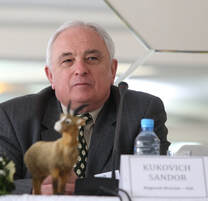 Prof. Univ. Dr. Sándor Kukovics is one of the most important international specialists in the field of animal husbandry and coordinator of the sheep / goat sector in Hungary. RALF: What are your advice for zootechnical farmers in the new economic context? Sándor Kukovics: There is a rather interesting situation where direct sales have a rather limited opportunity to reach the final consumer due to the closed markets. There are few sheep and goat keepers who are not adversely affected by the current situation. Due to the limited operation of slaughterhouses, sales for meat are only possible for farm slaughter, which is only a semi-legal activity as required by regulators. At the same time, live sheep sales and exports have fortunately been steady in recent weeks due to transportation facilitations. The problem is the unpredictable demand of the traditional Italian market for exports, but fortunately the shift to exports to alternative markets has started, which has helped a lot in the situation of sheep farmers. However, milk sales are in a less favourable position due to the sudden disappearance of consumers (HORECA sector, tourism). The sale of milk is less of a problem for sheep’s milk, because processors make products with a longer shelf life anyway, and they can buy them until their storage is full of finished products. Sales from home processing to the direct consumer affect only a few farms. In the case of goat’s milk, the problems are much greater. Only those producers were able to find a bridging solution that formed their customer base and were able to serve them by sending a direct package or home delivery. Fortunately, some markets are slowly reopening and worries are easing somewhat, but unfortunately, a significant proportion of consumers have seen their earnings on such products fall. READ MORE... Written by Prof. Stela Zamfirescu, IGA Country Representative for Romania
Founder and Honorary President of ANCC CAPRIROM The favorable conditions for the breeding of small ruminants in Romania determined the continuous development of these species. Goats continue their numerical development, as the leading milk suppliers. This increase is determined, on the one hand, by the visible decrease in dairy cows, and on the other hand, by consumers’ awareness of the benefits of milk and goat milk cheese. At the beginning of 2019, the total number of goats exceeds 2 million, of which the total number of females was 1,715,000 heads, with an increase of 117,365 heads, which represents a weight of 7.3%, compared to 2017. A recent analysis of the National Agency for Animal Husbandry mentions a new aspect regarding the breed structure of goats. The native breeds raised in Romania are the Carpathian and Banat White. However, due to the massive imports, over the last ten years, of specialized dairy breeds, namely Saanen, Alpine and Anglo-Nubian, the structure of these breeds has changed dramatically. The goat breeding sector in Romania has steadily increased in the past decade, reaching a total of 1,868,000 head at the end of 2016. Of these, 1,125,600 are reproduction-aged goats, and over 133,000 young female goats are mated. The interest of the Romanian population in consuming goat products – meat, milk and by-products has risen continuously. ANCC Caprirom had a major positive impact on the development of the goat sector, both socially and economically.
Written by Stela Zamfirescu
In Romania, on the idea of Mr. Grecu Ion, the owner of a large agricultural company, the largest goat farm in Dobrogea, Romania was built at 35 km from Constanta. Established in 2004, Elcomex Agroindustrial debuted in agriculture by establishing farms for grain production, since then they have expanded to 1500 ha of arable land. The desire to add value to grain production led in 2011 to expand the business in the livestock and the production of compound feed. On the ruins of the former cattle complex from Comuna N. Balcescu began the construction of the most ambitious integrated livestock project in Romania. The Romanian Goat Association, ANCC "CAPRIROM" was founded in 1993 on the initiative of Mrs. Prof. univ. dr. Stela Zamfirescu with the support of experts and a group of farmers in Constanta county. In the early years, the association has conducted pioneering actions in goat growth in Romania, creating a strong organization supported by real people educated and professionally.
Since 1996, Caprirom was and is increasingly requested to give technical assistance and advice to farmers and private breeders. The main objective of the association is goat breeder support and representation of their interests in accordance with goat farming sector development approaches. We would like to invite you to the European Regional Conference on Goats 2014, a cross-border conference to be held in Debrecen (Hungary) and Oradea (Nagyvárad, Romania) from 8 to 11 April 2014! The goat sector in Central and Eastern Europe is very diverse regarding types of breeds, production systems and numbers of animals. Each region has its own indigenous breeds with unique characteristics – however, they also share many similarities. Exotic / international breeds (i.e. Saanen, Alpine, Nubian, Boer, etc.) also play an increasingly important role in these countries.
|
IGA Blog
The International Goat Association promotes goat research and development for the benefit of humankind, to alleviate poverty, to promote prosperity and to improve the quality of life. Archives
May 2024
Categories
All
|
|
International Goat Association
2516 Millbrook Rd., Little Rock, AR72227 USA email: [email protected] -454-1641 |
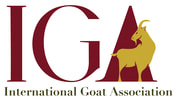
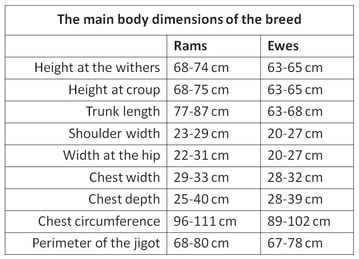
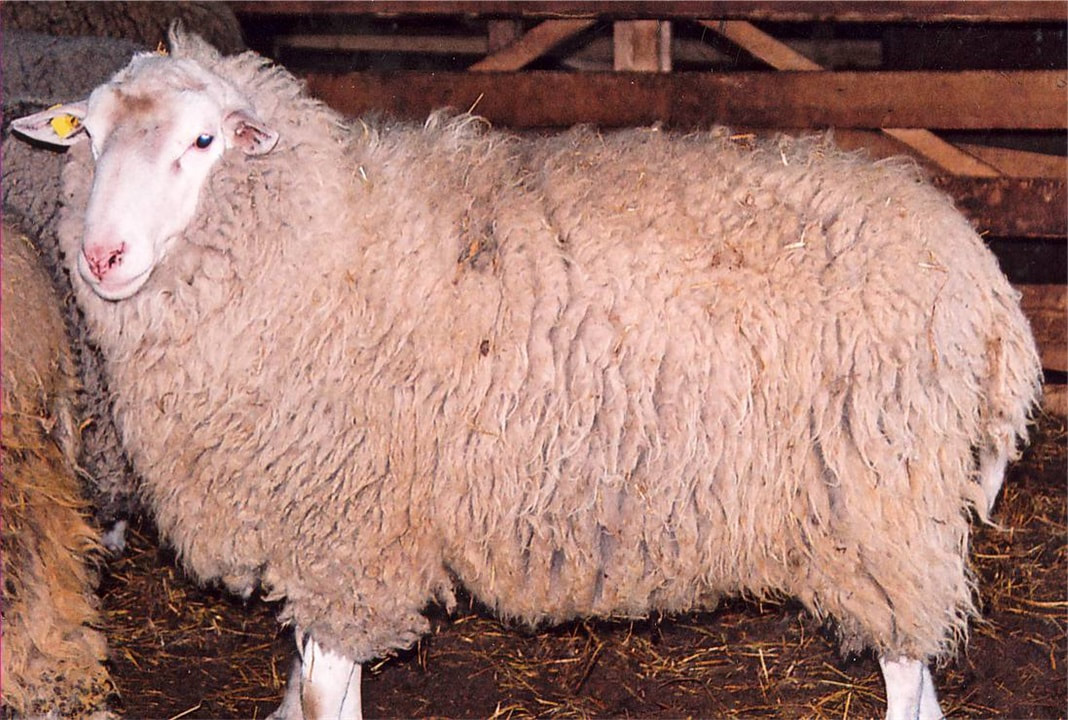
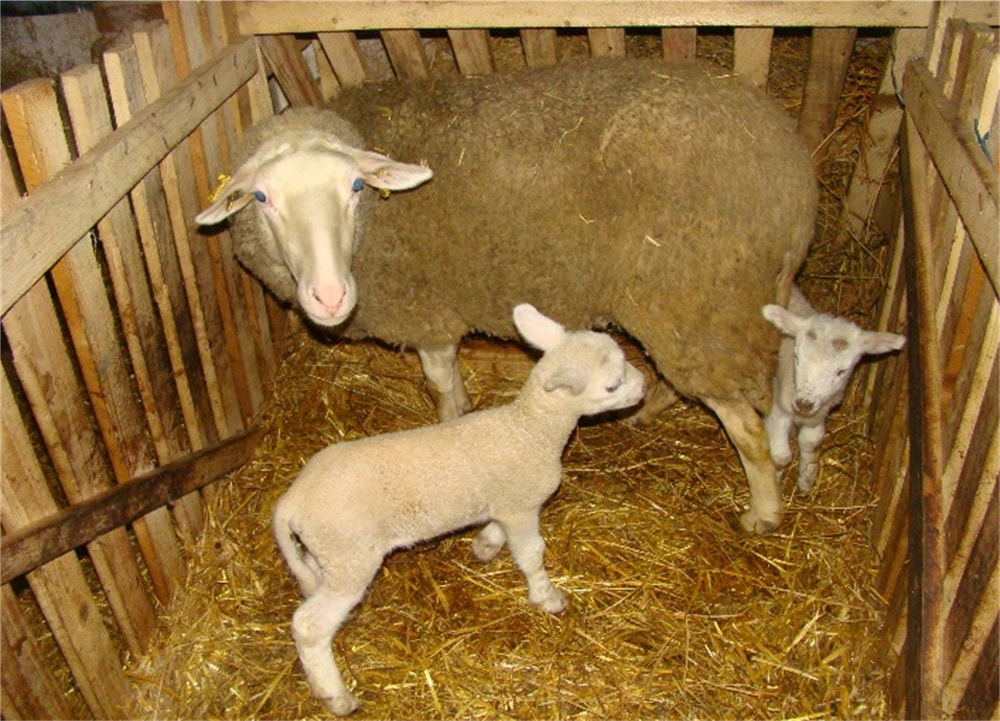
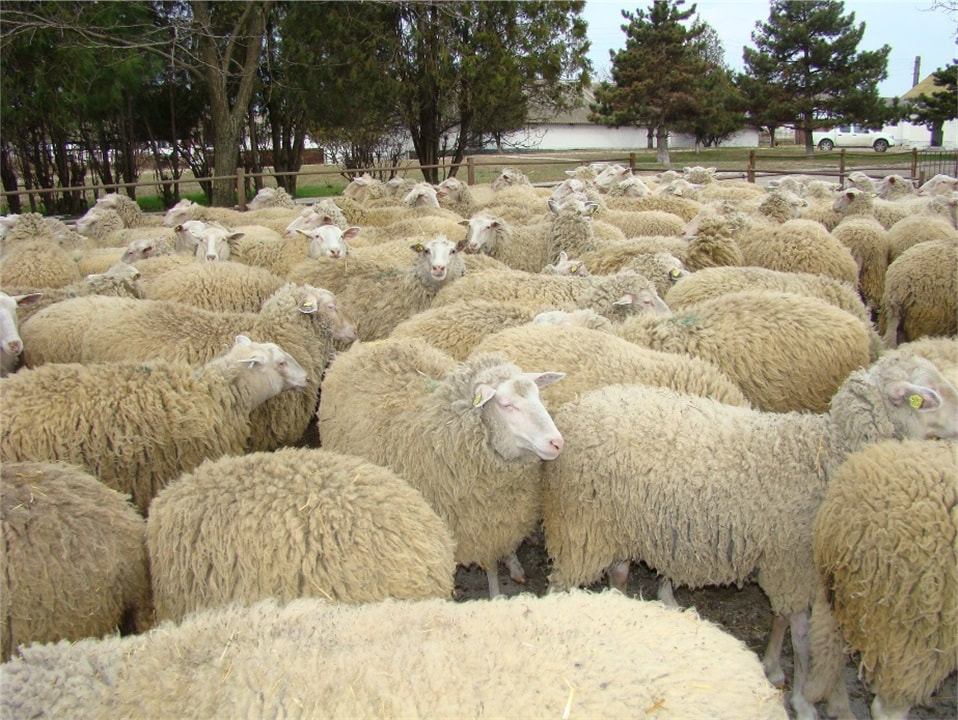
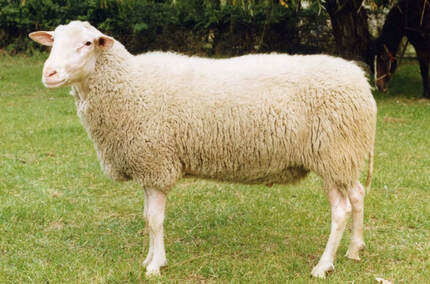
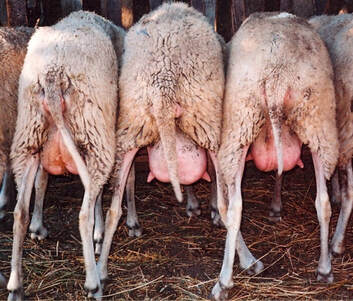
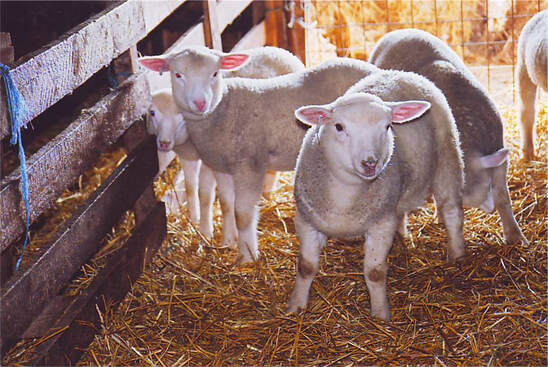
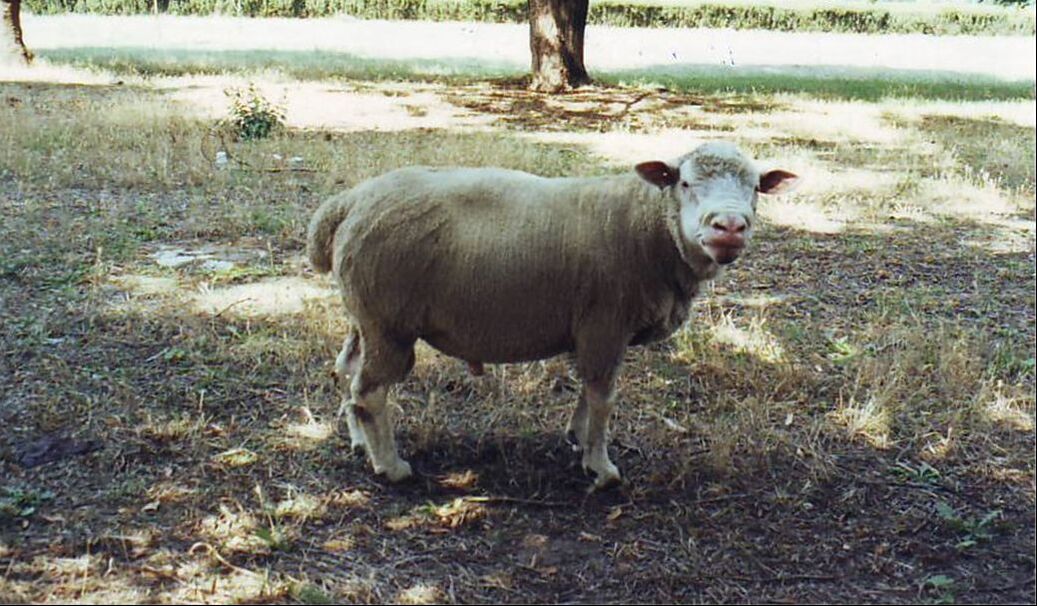
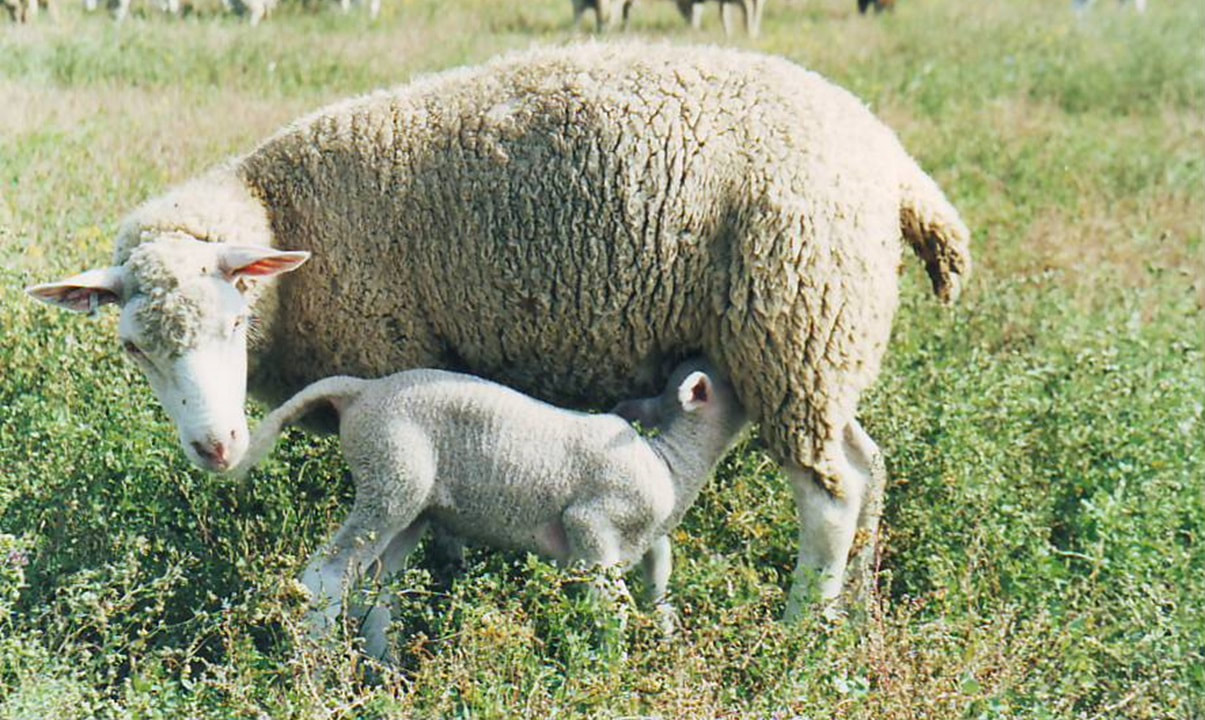

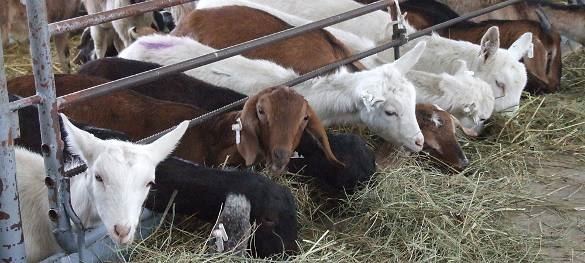
 RSS Feed
RSS Feed